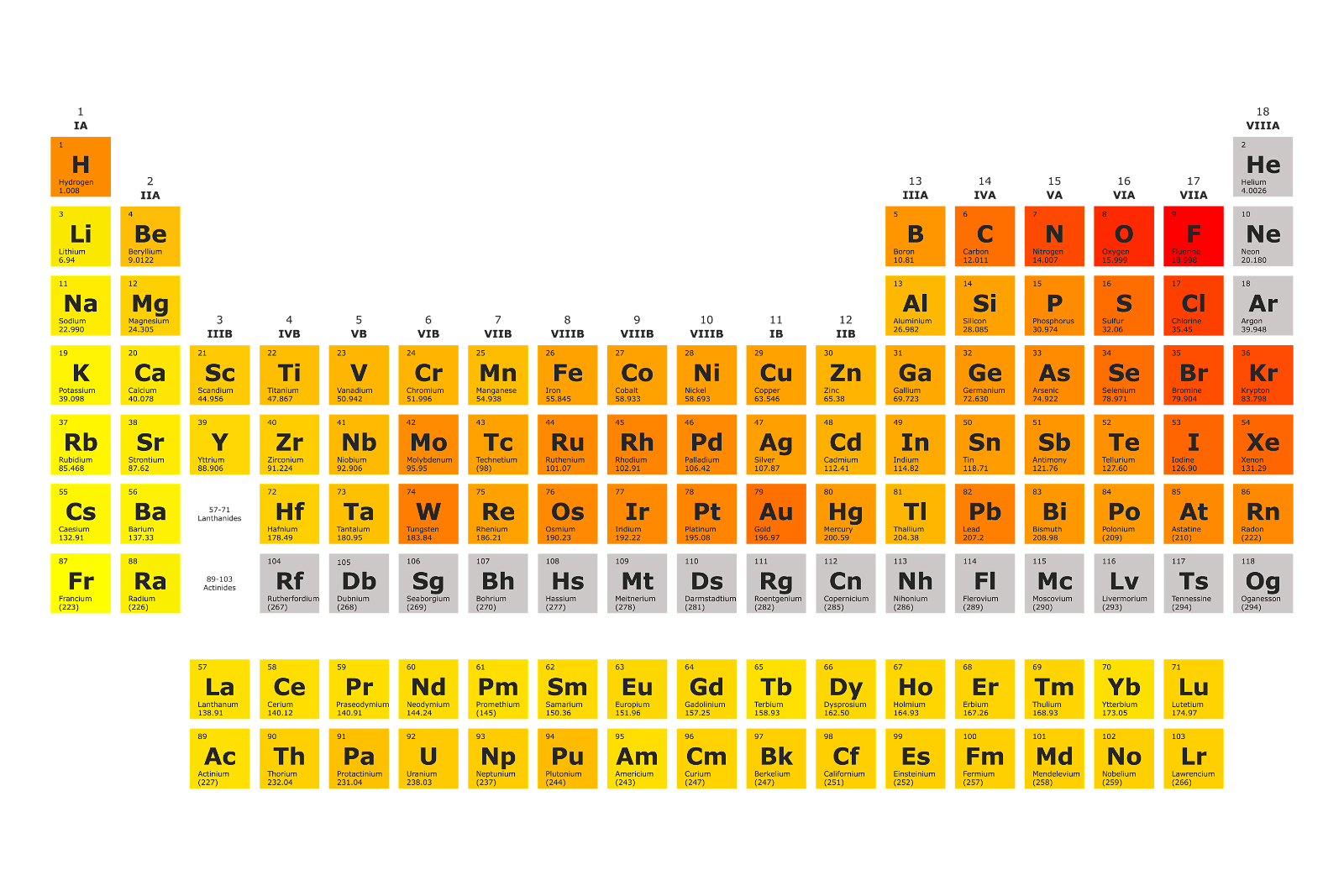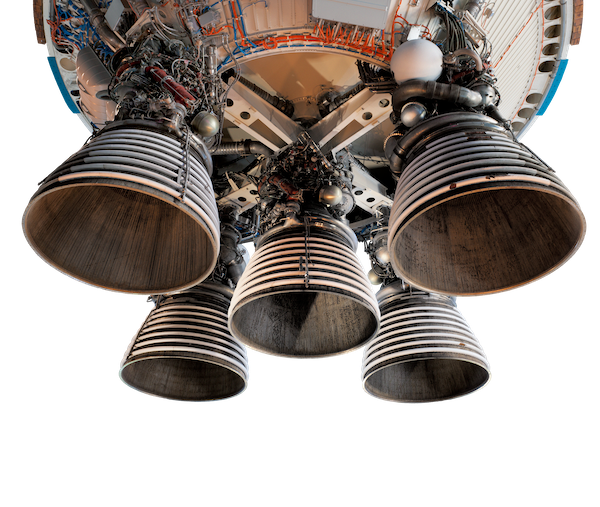Cool Chemistry
God designed everything in our world to be made of building blocks called elements. You’ve probably heard of elements like gold, copper, oxygen, and helium. Though they’re fantastic alone, elements combine to create some pretty cool things!
The Periodic Table
Each element has a place on the periodic table (a tool that helps scientists organize elements). All the elements have a full name and an abbreviation—a sort of nickname—like hydrogen (H) or sodium (Na). The periodic table holds 118 elements, but scientists hope to discover even more!

Elemental Dental
A combination of the element mercury (Hg) with another metal—usually copper (Cu), silver (Ag), tin (Sn), or zinc (Zn)—is called an amalgam. Have any fillings in your teeth? If you do, you might have an amalgam inside your mouth!
What’s in Water?
You’ve probably heard of H2O—water! We need it to survive since it makes up more than half our bodies. But what are the H and the O? Hydrogen and oxygen. (The 2 means there's two parts hydrogen and one part oxygen.)
The element hydrogen is the most abundant element in the universe. In fact, the planet Jupiter is made mainly of hydrogen. Here on earth, we need oxygen to breathe, but funny enough, oxygen doesn’t have a color or smell.
Did you know that NASA uses hydrogen and oxygen in their liquid forms to make rocket fuel? Explosive!

“He” Alone
Helium doesn’t play nice with others! This element, called a noble gas, doesn’t react with other elements.
Electrified Elements
Together, zinc and manganese are key components in many of the batteries we use to power our flashlights, remotes, and toys. Alone they are pretty useful too!
Zinc (Zn)
- Zinc is used in rubber and medicines.
- We get zinc from foods like seeds, nuts, and eggs to keep our bodies strong.
Manganese (Mn)
- Manganese mixed with iron makes steel stronger.
- We eat manganese in foods like spinach, tea, and rice.
The Tasty & the Toxic
You’ll find another combination of two elements right on the dinner table. Salt! Together, sodium (Na) and chlorine (Cl) make the compound NaCl. Now you know another way to say “pass the salt.” But what’s cool about sodium and chlorine?

Sodium (Na)
- As a pure solid, sodium will explode in water.
- Sodium can be found in most foods, including pizza, lunch meat, and pickles.
- Your muscles and nerves need sodium to work properly.
Chlorine (Cl)
- Chlorine in its pure form is a toxic gas.
- This element cleans pools and purifies water by killing germs.
Kids Answers Magazine
Who’s a Good Boy?
When God created the canine kind, he called them good. Today, these good boys have many important jobs.
Browse Kids Issue- © 2025 Answers in Genesis
- Privacy Policy
- Contact
- About

